Exhibitions, Italy, Seregno, 26 November 2005
Obsessively scanned linear rhythms and supple relaunched in ellipses, perceptions ovals, circles and cut red nucleus, imply in the language of Anthony Furlan, assimilation of thoughts and expressions of the artists who conceived join the MAC, the Concrete Art Movement, inaugurated in Milan between the years 1948-1958, meeting place, open and non-homogeneous, of reactionary realism and post-Cubism in force in that tempo.Modelli and geometry of Kandinsky, Mondrian and Klee, finding pure and primal and abstraction objects already known, they become far archetype that in reworking the ideas of Max Bill in 1936, become art "concrete" forms, lines and colors that are personal and rational reworking by the artist, not the process of abstraction of the image resulting from natura.L 'anthology on the concrete of 1951, organized by the Futurist Giacomo Balla, Milan, is undoubtedly pivotal moment of the Italian distribution of Concrete, at Turin, Genoa, Florence, Rome, Naples and Catania, and abroad, thanks Groupe Espace in Gallery Denise René in Paris coordinated by André Bloch, and suggests you experiment with successo.I mazes of linear fabrics are woven work of Furlan fact, between 1950 and 1954, with the artistic vein of the group of Florence: concretists Vinicio Berti, Bruno Brunetti, Alvaro Monnini Native and Walter, which he exhibited at the Library Show Jumping in Milan in February 1949, with the intersections of ellipses by Nino Di Salvatore (Area Concrete, 1950) and the triangular pattern of the 1951-52 Ferdinando Chevrier, with the compositions of the 1952-53 Atanasio Soldati and non-chromatic compositions dynamics Barisani Renato (1951), with the composite geometry of Guido Tatafiore and simultaneity of the elements in the struggle, the dramas and spatial patterns of Mario Nigro the 1954 and 1955, along with the compositions of Michael Santocito.La courageous South African and Australian proposal, and the subsequent activities in Turin, Antonio Furlan feed in an unceasing and untiring personal research, consists of an intensification of those experiences geometric here exhibited in the works 80s, a symptom of an intimate and solitary dialectic that arrives, with constant rate and stubborn, until the early '90s, as a system of regular and consistent effort.
Born in Cappella Maggiore in the province of Treviso, in 1910, he attended the School of Arts and Crafts in nearby Conegliano Veneto.Nel 1929 he moved to Turin, where he begins to investigate the issues impressionist painter. In 1932 he went to Trieste, a city in which he dedicates himself intensively to a production that will crown with his first exhibition in 1934.Tra 1947 and 1954, the passionate search for the self, stormy and impetuous, the colors of nature, takes forms and transforms, performing artist, in a decisive towards harmonious and natural colors as well, which, bathed in light, they become ripe premise for its production ulteriore.Le Trieste exhibitions at the Art Gallery Scorpio, in 1950, the Galleria Rossoni in 1953 IERC and the Gallery in 1954 worthy witness the consolidation of artistic path of Antonio Furlan.Nel 1954, he traveled to Australia, where, among the difficulties of the cultural program, exhibited in various group exhibitions in Sydney, Canberra and Adelaide , the Princes Art Gallery in Melbourne in 1957, the Richman Art Galleries, in 1959, and with staff at the Museum of Modern Art in Melbourne in 1963, an initiative that tributerà critical success and public and official recognition and praise. exposures are continuing in South Africa, Cape Town, Durban and Johannesburg. After his return to Italy in 1963, where he exhibited in Milan at Galleria Pater, and the brief interlude of Tolarno Galleries in Melbourne in 1968 and the International Art Gallery in Sideny of 1971, resided and worked steadily in Turin, offering several solo exhibitions: Como, at the Art Gallery The Lounge, in 1972, the Galleria d'Arte Moderna Saffo of Turin, in 1974, the Galleria Il Mercante di Milano in 1983. He died in Turin on 12 May 2001.
Seregno (Monza and Brianza), Galleria Civica "Ezio Mariani"
26 November to 18 December 2005

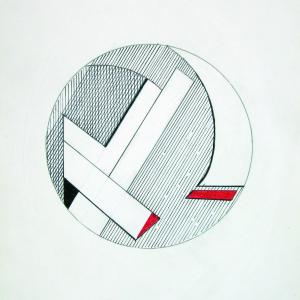
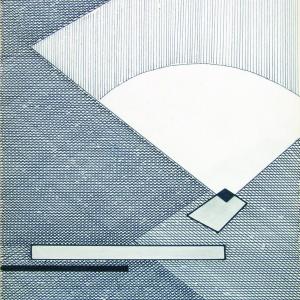
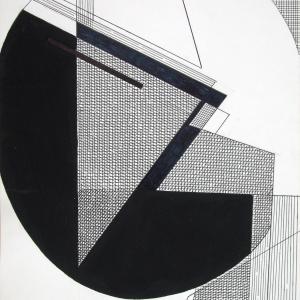
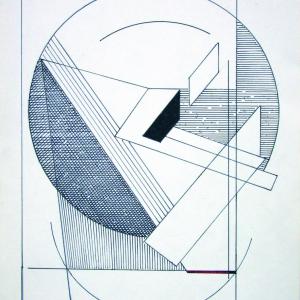
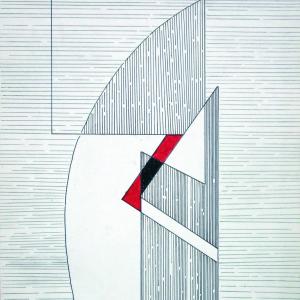
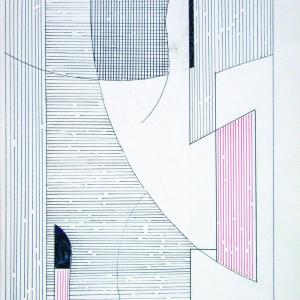
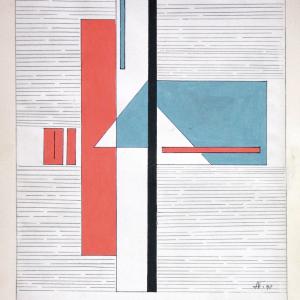
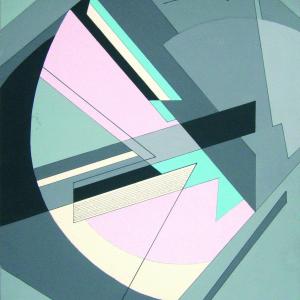
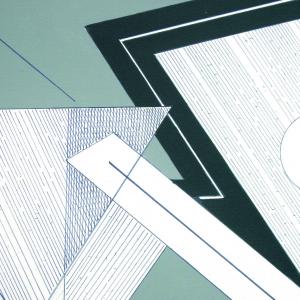
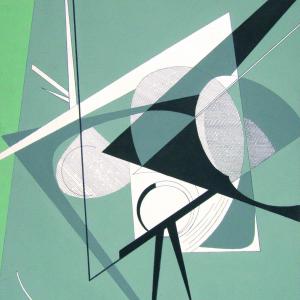
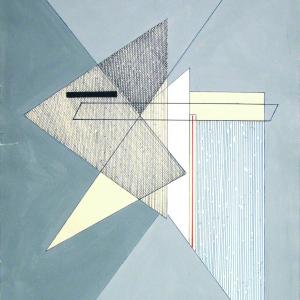
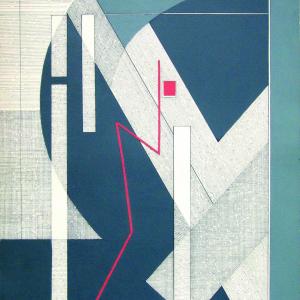
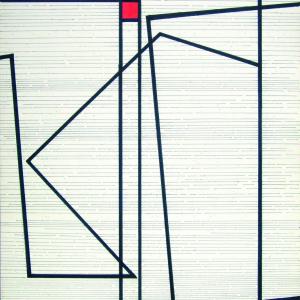
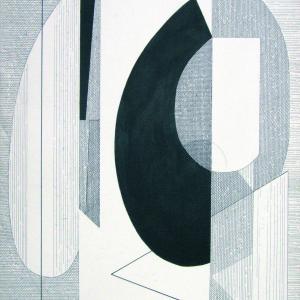
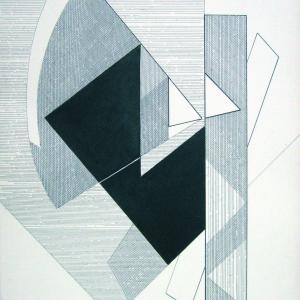
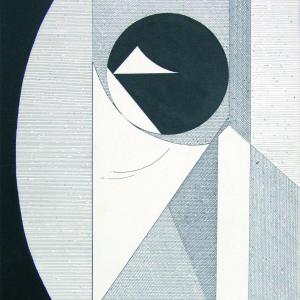
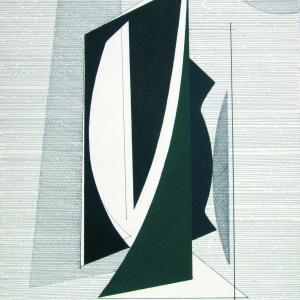
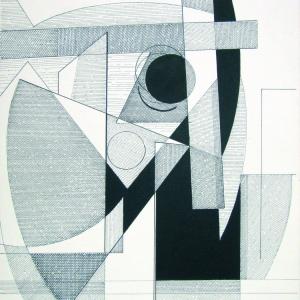
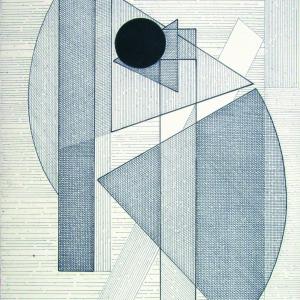
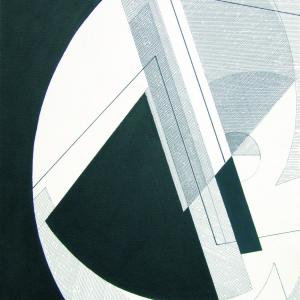
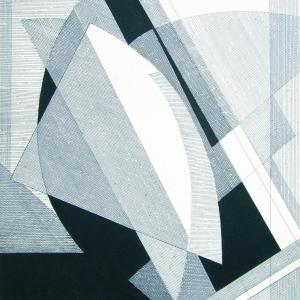
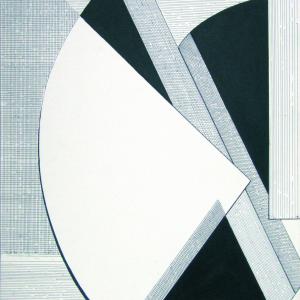
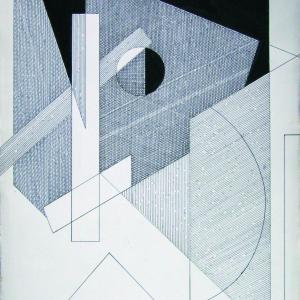
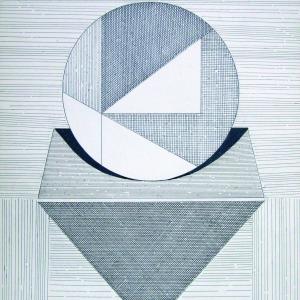






Comments 0
Say something